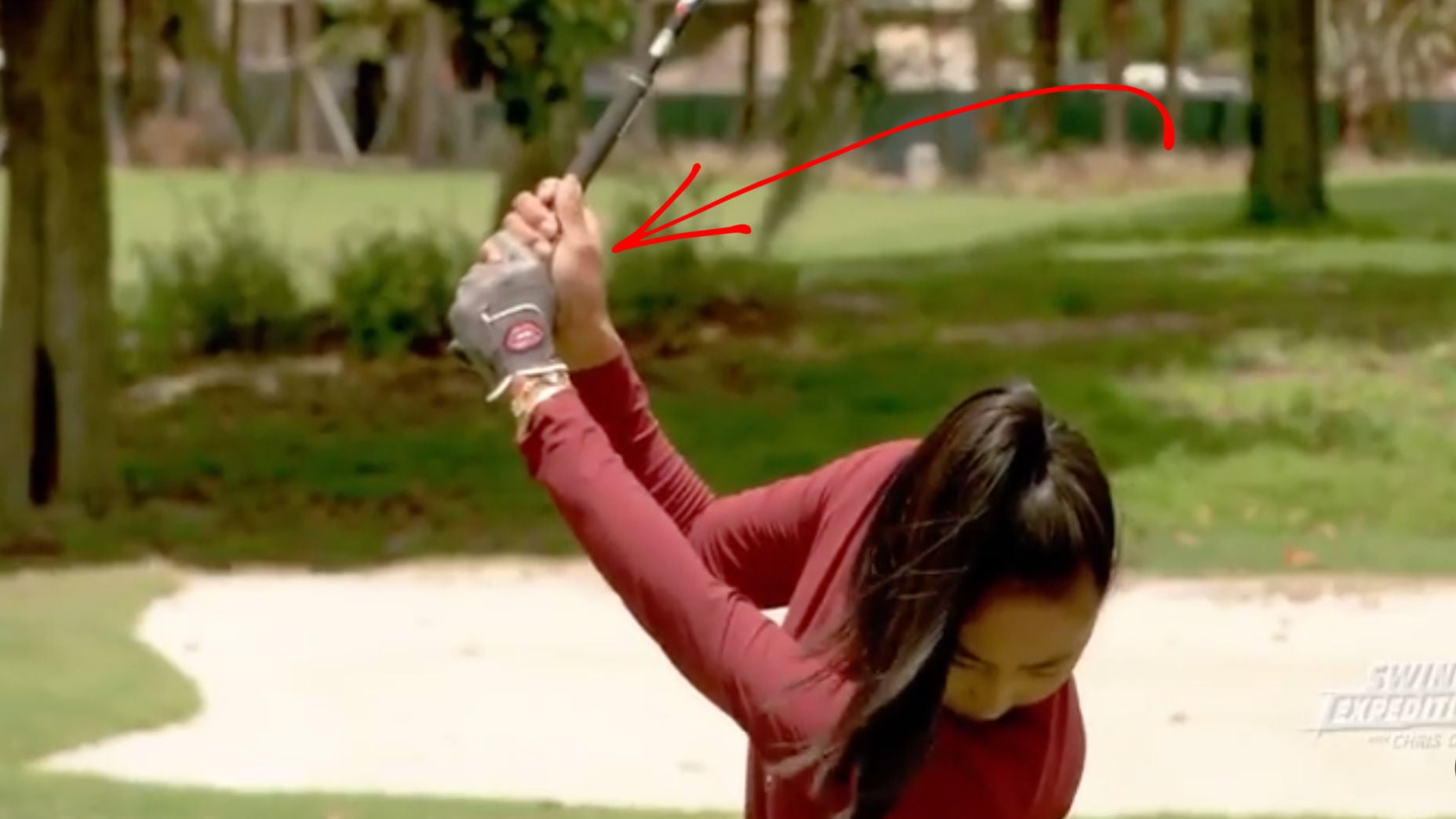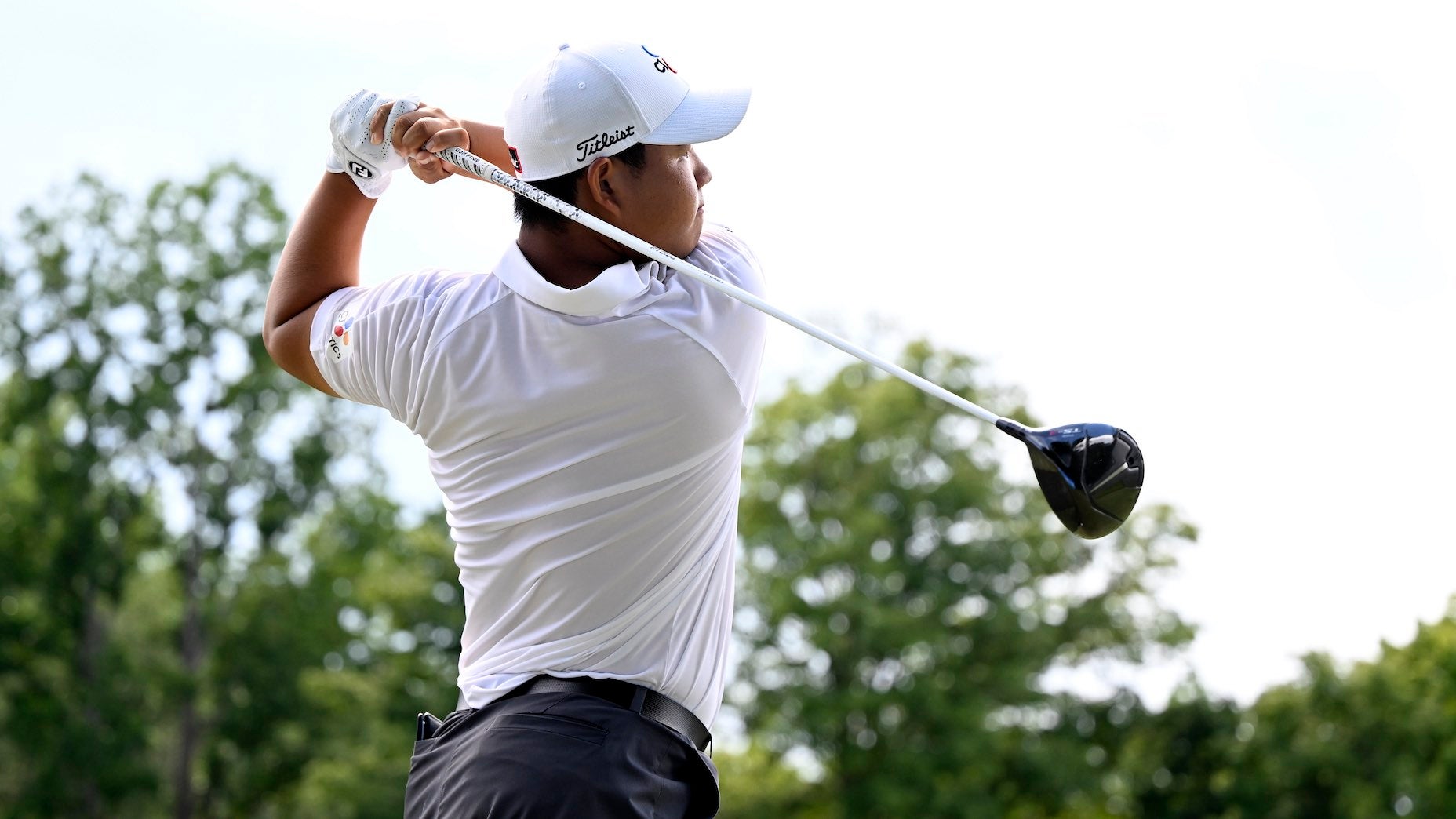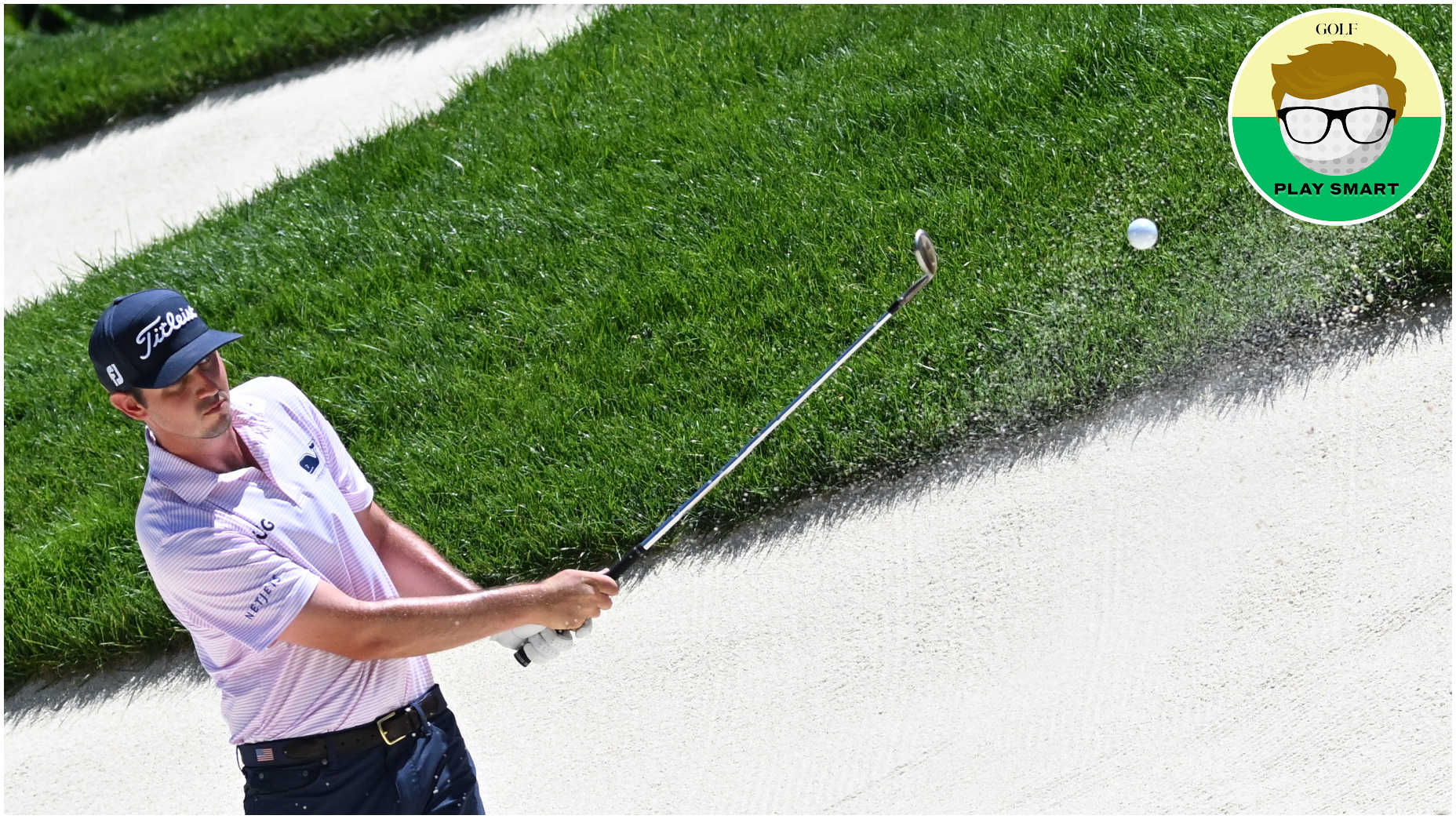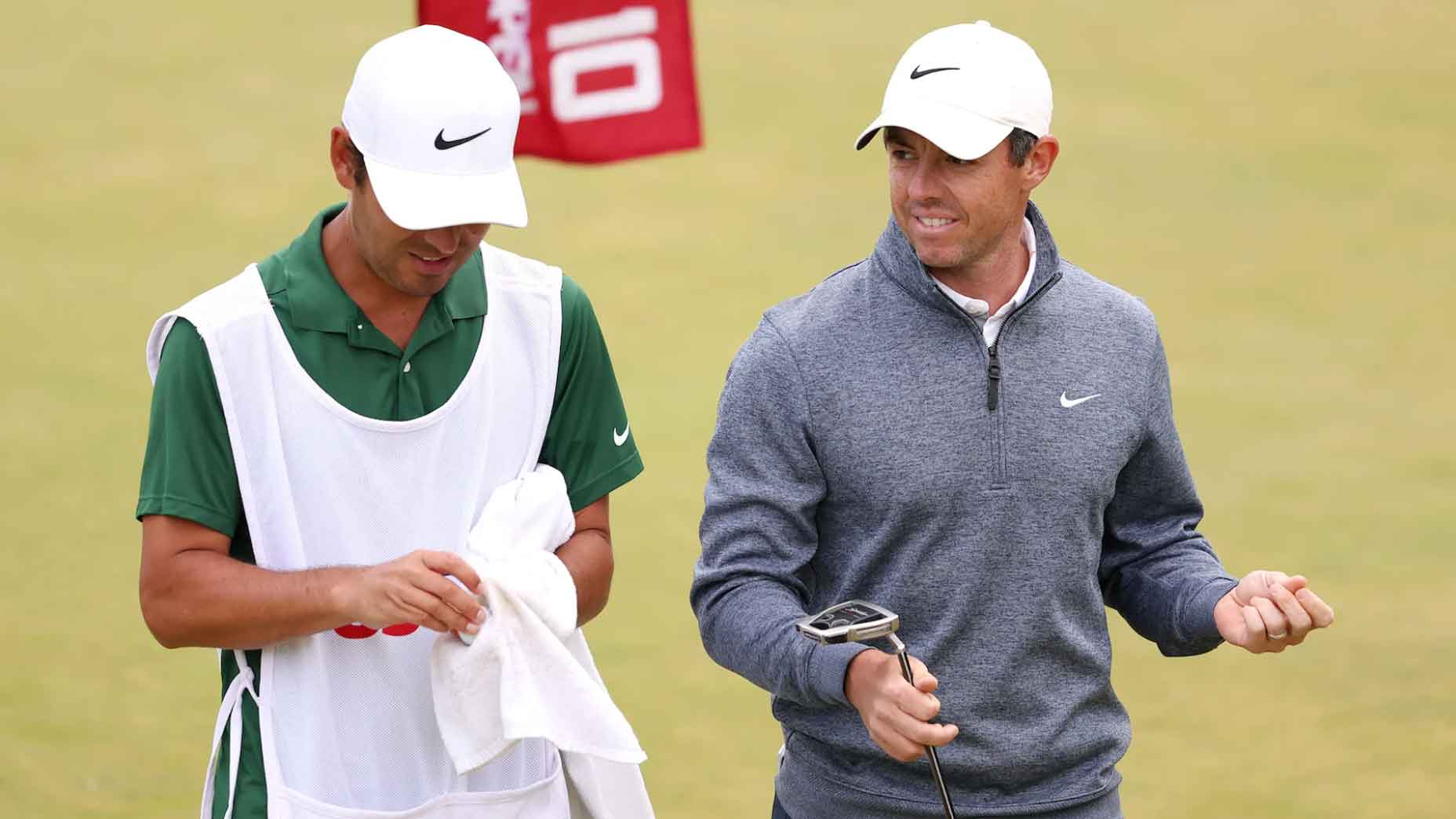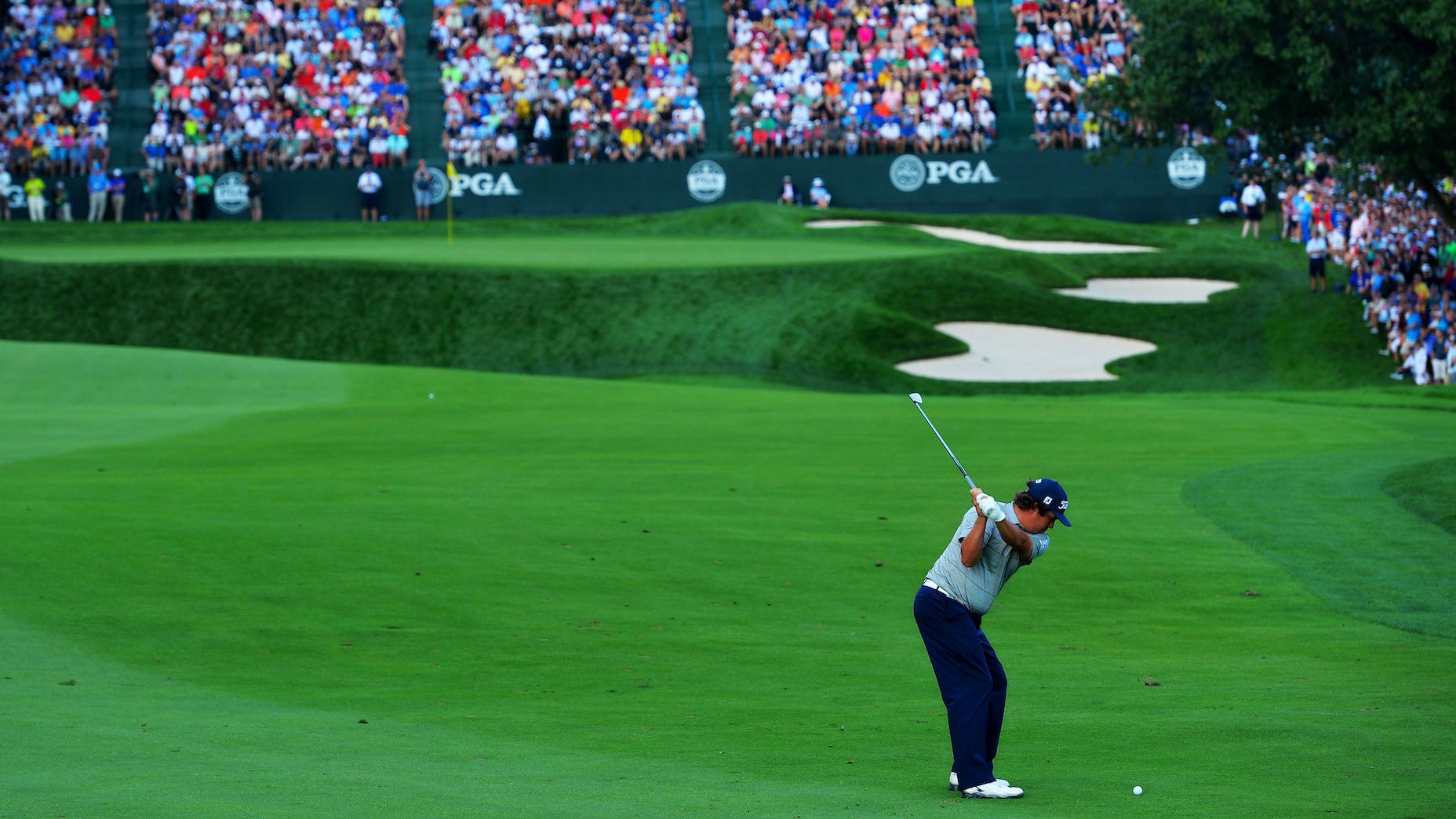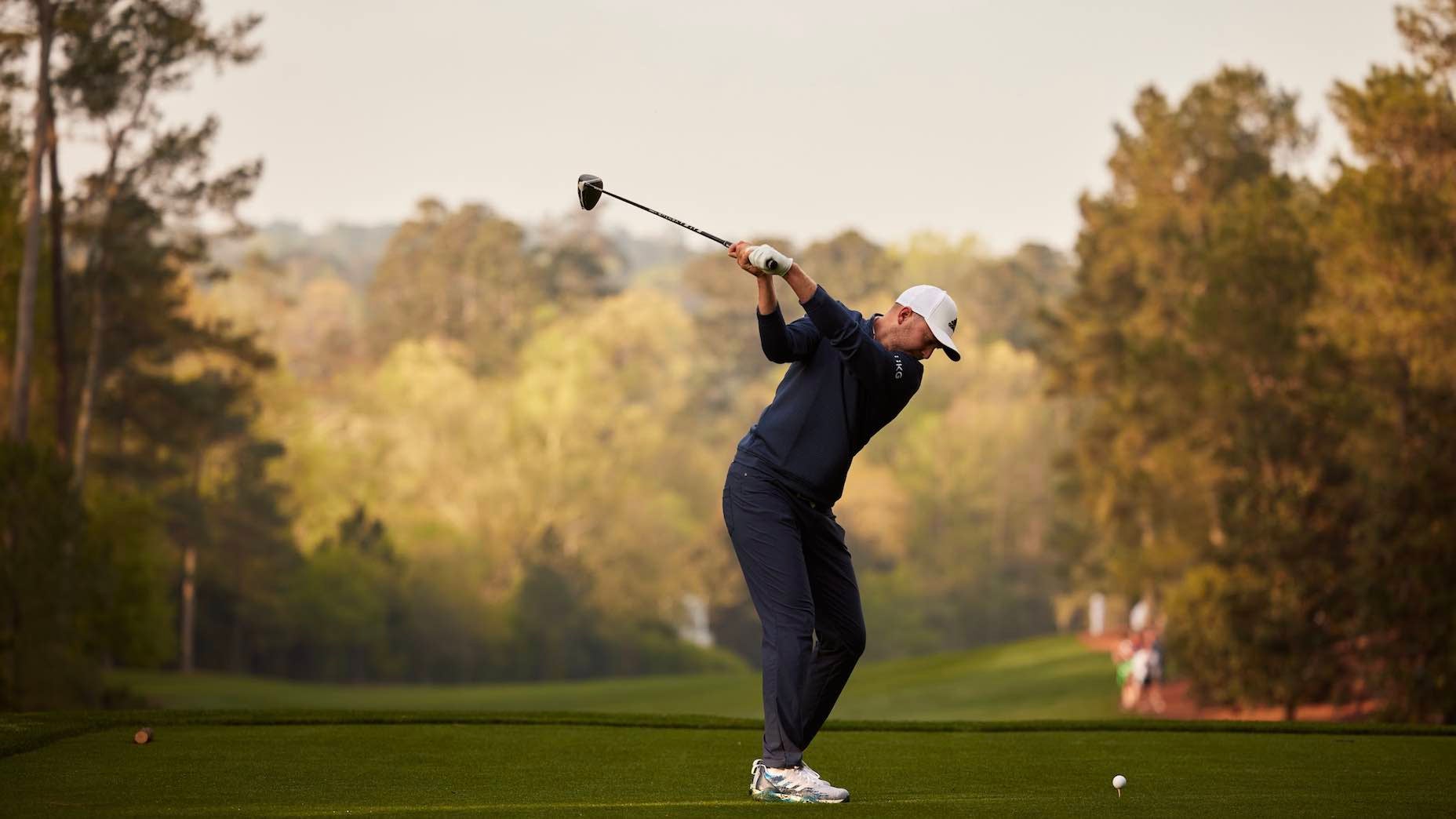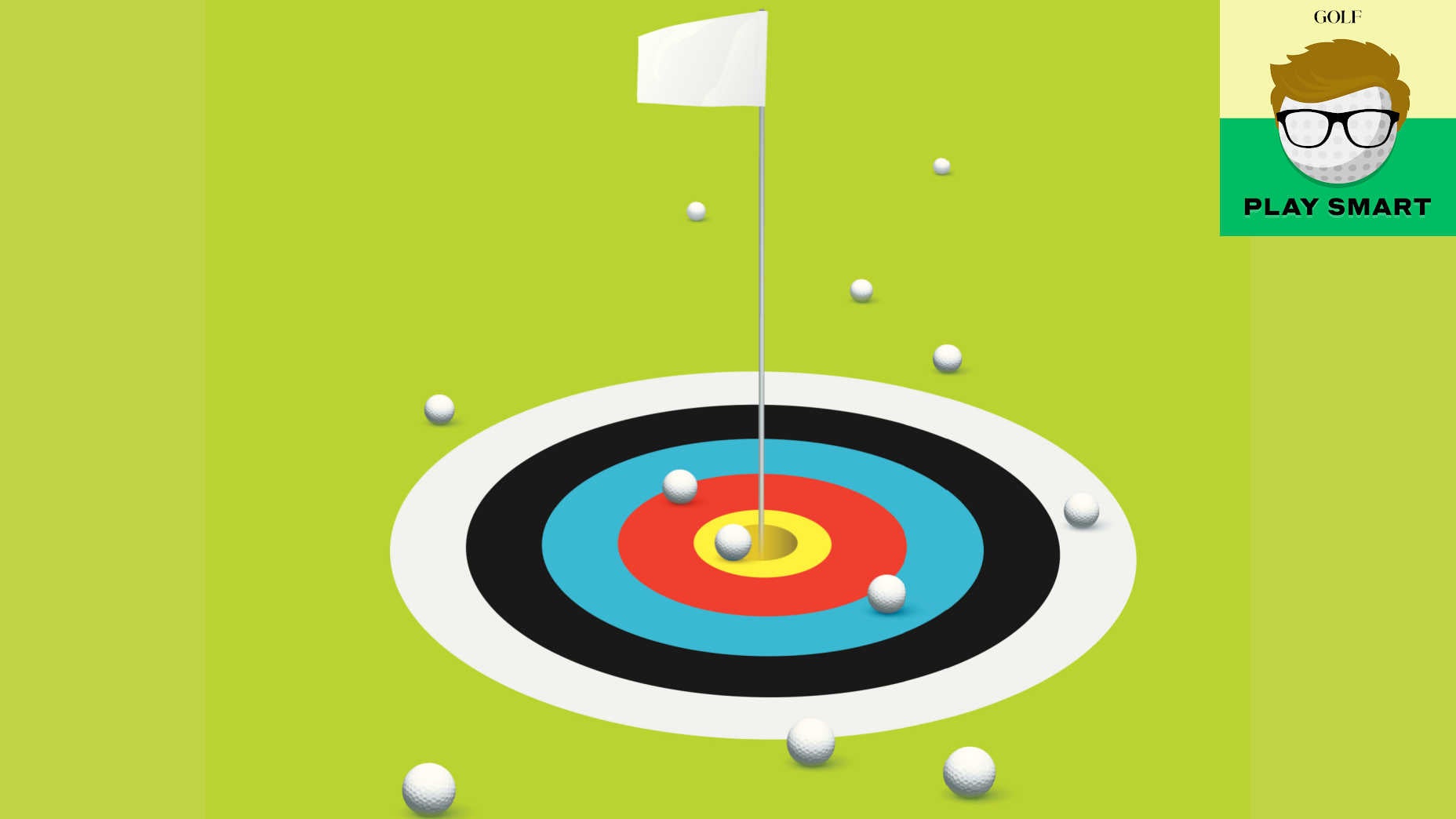It may sound a little silly, but when golfers are busy trying to figure out ways to improve their game, they sometimes forget the inherently human traits that can stand in their way. We’re all hard-wired with certain instincts: to stay upright, for instance, or to avoid danger. These instincts affect everything we do, and believe it or not, they can even show up in your golf swing.
Take stress, for instance. It’s your brain’s way of reacting to a perceived sense of danger, and it sends signals to your body so it begins to react. Your palms sweat, blood begins to rush to your vital organs and your muscles begin to tense.
These may have all helped us survive back in humanity’s early days, but when it’s the golf course that’s stressing you out, your swing can be the worse for it.
As Dr. Gio Valiante explains to GOLF Top 100 Teacher Chris Como on his most recent episode of Swing Expedition on GOLFPASS: “There’s an inverse relationship between confidence and tension,” he says. “When we lose blood in our hands, our nerves lose their ability to feel the golf club.”
With your muscles tense, your wrists range of motion limits, and therefore they’re not able to hold the club like you usually would.
Stress tightens your grip and your wrists
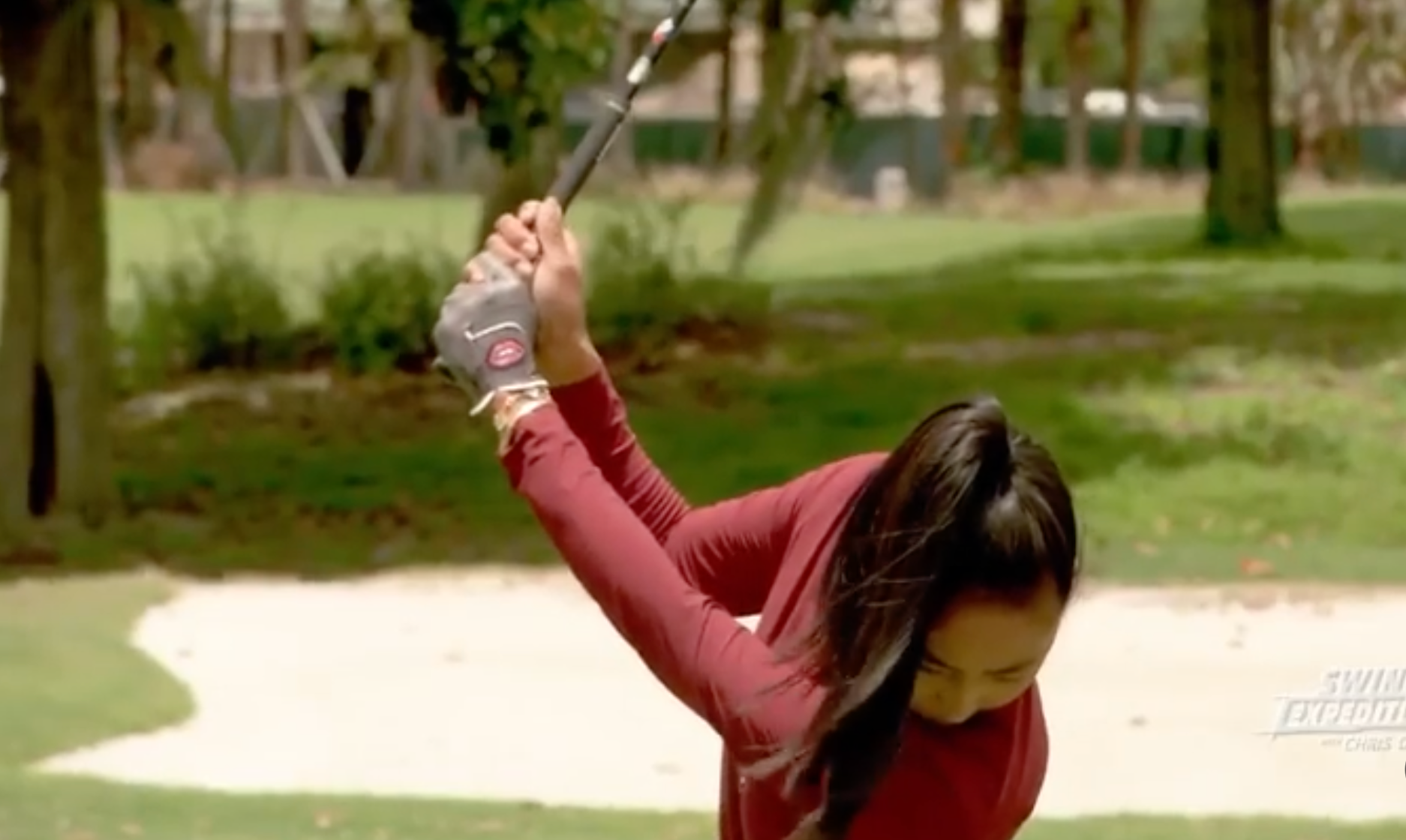
But when you’re less tense, your muscles react, your grip pressure is soft, and your wrists can swing the club longer.
“When you get tension in your hands, all of a sudden the club sets in a different place,” he says. “Grip pressure changes, though the golfer doesn’t know it.”
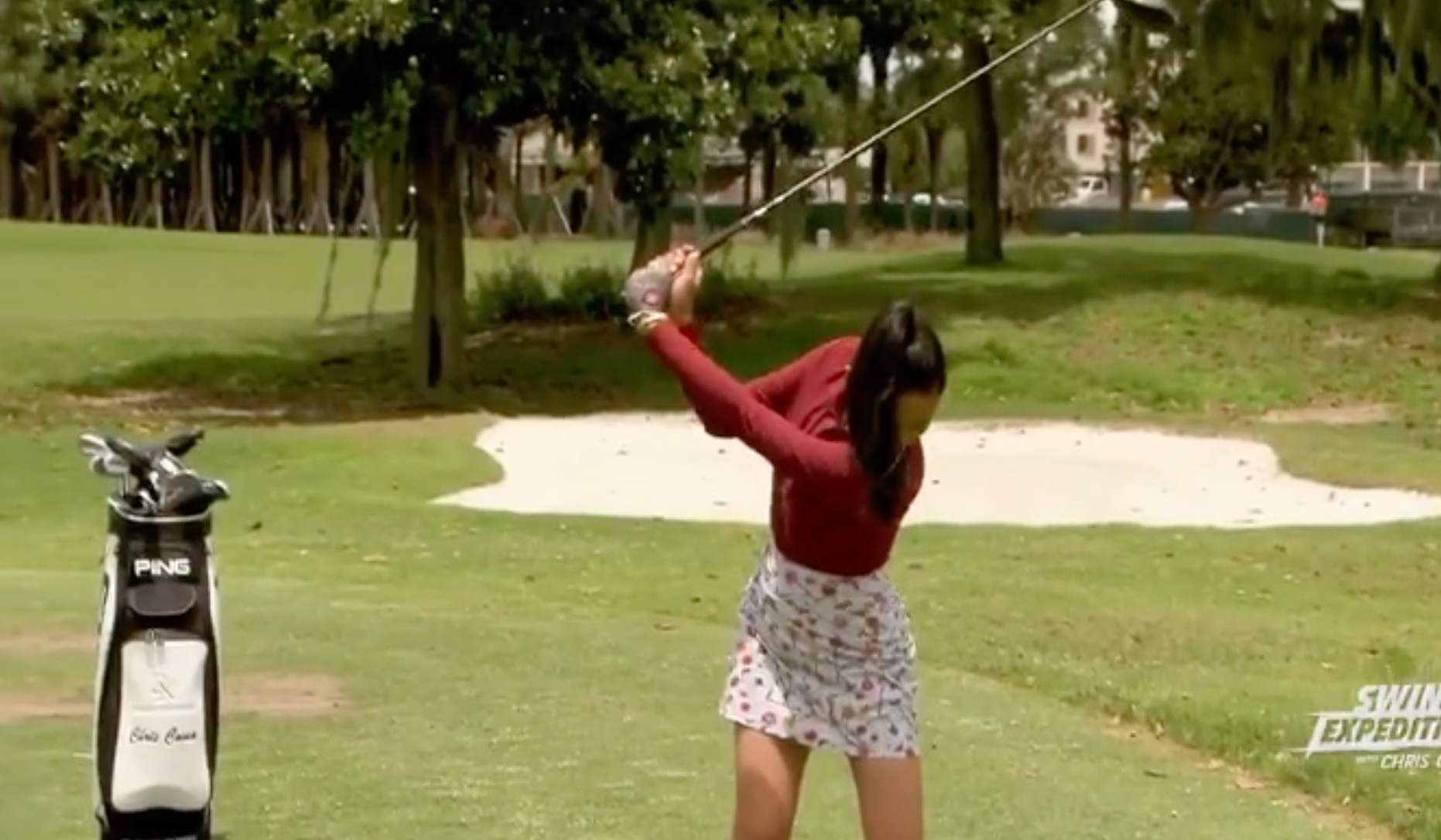
The key, Gio goes on to explain, is learn to lower your stress levels on the course through breathing and positive thought exercises. And, if nothing else, having a greater understanding of what happens to your swing when you are stressed. That way, the next time you feel that tension rising, you can remember to grip a little softer, swing a little longer, and send the ball sailing down the fairway.
Watch the full clip below.
